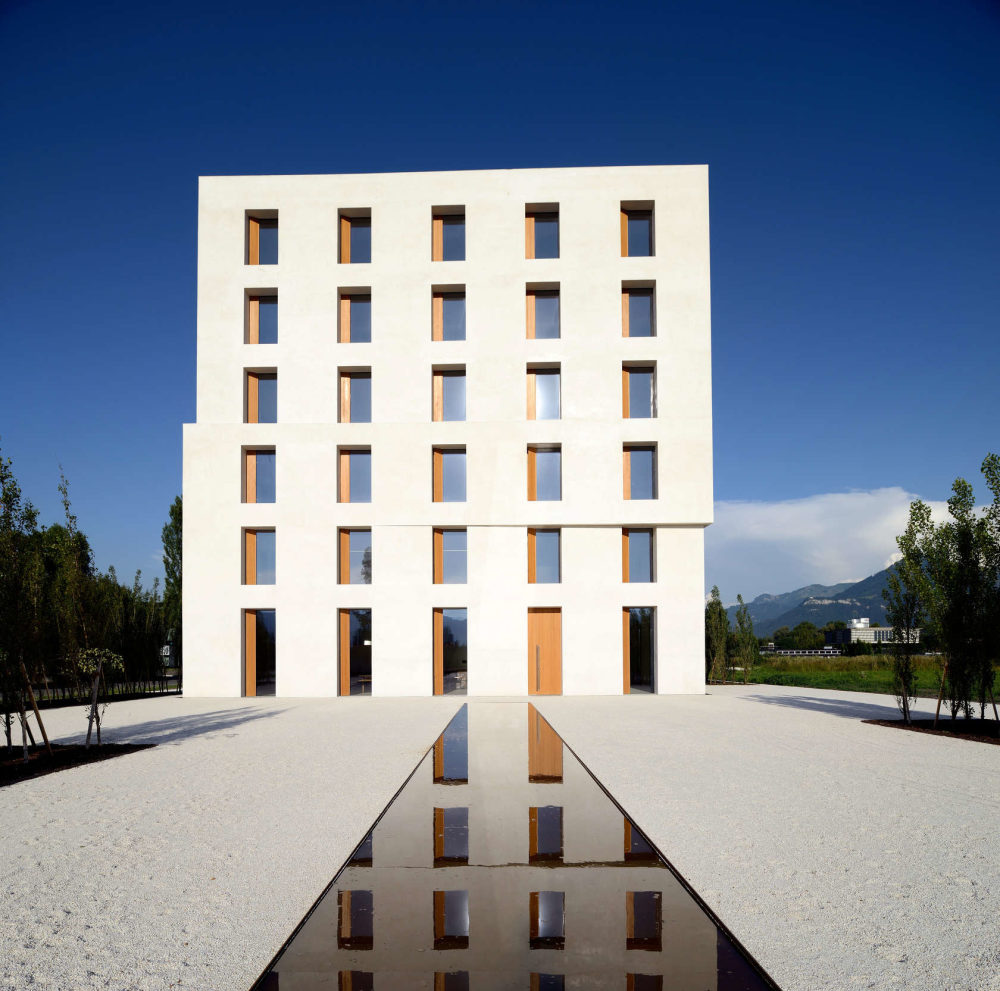
The six winners in the 2016 Wienerberger Brick Award competition share one common trait: the innovative use of one of the world’s most enduring and versatile building materials.For the first time since Wienerberger Brick established this international biennial award in 2004, architects — as well as journalists and architecture critics — were eligible to enter the competition. More than 600 entries from 55 countries were submitted, and 50 projects from 24 countries were shortlisted for final jury selection. The award is endowed with a total of $35,300 (31,500 euros) of prize money across five categories.
Wienerberger Brick may sponsor the competition, but it leaves the selection of winners up to a panel of judges. “An independent jury of experts guarantees an objective selection procedure,” says Heimo Scheuch, Wienerberger’s chairman of the board. “Wienerberger has no voting rights on the jury decision.”
This year’s winners were selected by a jury of four, including Laura Andreini of Italy, Alfred Munkenbeck from the United Kingdom, Matija Bevk of Slovenia and Johan Anrys from Belgium. Anrys was winner of the 2014 Wienerberger Brick Award in the Public Re-Use category. Four other categories qualify for the Brick Award, including Residential Use, Public Use, Urban Infill and Special Solution. Two of the winning entries also earned Grand Prize awards in their categories.
One of those Grand Prizes went to the 2226 project in Lustenau, Austria, by architect Dietmar Eberle. The entire building was designed without ventilation, air conditioning or heating. The prevailing indoor temperature, ranging from 22 to 26 degrees Celsius (72 to 79 F), year-round, inspired its name. That’s made possible by 76-centimeter-thick brick walls, with the only energy source coming from heat emitted by people, computers and luminaires. This revolutionary approach also won the day in the Special Solution category and provides evidence that energy consumption can be reduced without massive use of technology.
The second Grand Prize went to House 1014 in the historic city center of Granollers in Barcelona, Spain. It’s an excellent example of how to adapt “left-over” — or infill — space in urban areas. Its site was challenging — long and narrow, with a width of only 6.5 meters (21 feet) — and the architect’s assignment was to divide the home into two independent zones. The Spanish architectural office of HARQUITECTES responded by alternating interior and exterior spaces for the private home and its guesthouse, terraces and atria. The firm’s use of bright red bricks conveys both a traditional and a modern feel to the building, with a tone that contributes to the overall appearance of the property. In addition to the Grand Prize, this project was also a winner in the Urban Infill category.
The novel concept of termite habitat served as inspiration for a project from Da Nang, Vietnam, the winner in the Residential Use category. The name Termitary House describes the layout of the building, which resembles the plan of a termite mound, where all corridors, galleries and rooms meet in a central space. To brave extreme climatic conditions of the monsoon region, architects from Tropical Space elected to build the house entirely of brick. It could serve, they say, as a prototype for inexpensive housing in tropical regions.
In the Re-Use category, the winner was the Marília project by SuperLimão in São Paulo, Brazil. The house, dating from 1915, is one of the last historic brick buildings in the area. Instead of opting for the economically attractive alternative of demolition, the architects agreed to preserve it. “With Marília we had the opportunity to create a project respecting the history, the building material, the environment and the surroundings,” says the architect.
A Special Prize went to the Swiss architectural duo of Duplex for their project Cluster House in Zurich. As part of this housing concept, the residents forgo conveniences like garage space, but in return they’re rewarded with various services including car sharing, communal kitchens, greenhouses and hotel rooms for guests. The award was granted for this innovative lifestyle — an example of how living together in cities could be structured in the future.
As in previous years, Wienerberger is publishing a bilingual book titled Brick’16 by Callwey Publishers to accompany the architectural competition. In its 264 pages, Brick’16 presents the six prizewinners, as well as 44 more outstanding contemporary brick building projects, and offers more than 300 color photographs and plans.
